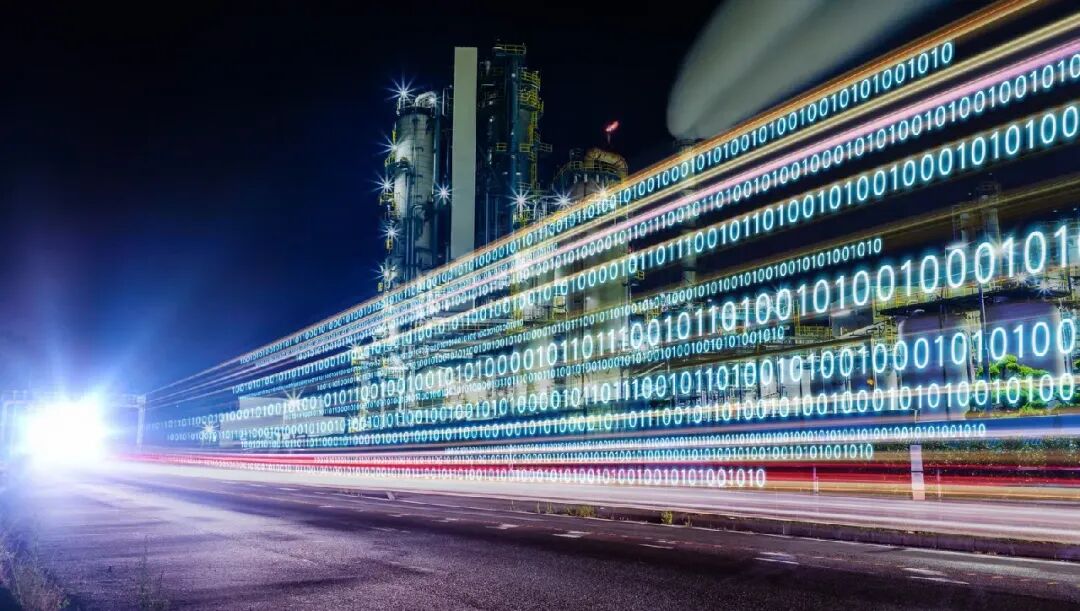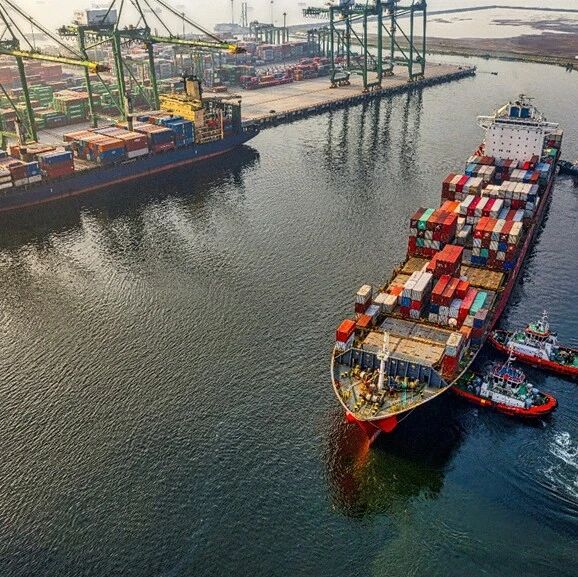Home/News/AI-powered digital twin technology will fundamentally transform the landscape of the industrial ecosystem./
AI-powered digital twin technology will fundamentally transform the landscape of the industrial ecosystem.
2024-07-11
,
:Getty Images
Jörgen Sandström
Thomas Kiessling
Rob McGreevy
The second step is to enable enterprises to access unified, reliable information and solutions—through industrial intelligence platforms and other tools. This approach ensures that companies can benefit from a single, real-time information source shared across the team. By fostering collaboration, businesses can create a trustworthy environment, facilitating the identification of partners and resources, aligning efforts toward common goals, and ultimately maximizing value. For instance, Dominion Energy, a leading U.S. power company, has tapped into this strategy by sharing data collected from its network with end customers, helping them validate their sustainability commitments—and in turn, unlocking new revenue streams.Based on these steps, companies can create a central control system for all their shared assets by compiling macro-level building data—such as energy prices and demand, as well as environmental patterns. The next goal is to connect multiple companies within the industrial cluster, fostering collaboration and integration across the board.New Opportunities for Industrial ClustersAlthough digital twin technology has not yet been implemented at the cluster level, several pioneering projects—ranging from products and buildings to entire enterprises and cities—are already demonstrating its promising potential for the future.One technology worth noting is the "Green Digital Twin," an application that leverages comprehensive supply-chain information—such as procured parts, tools, and equipment—to calculate a product’s environmental footprint. The Green Digital Twin system not only enhances transparency regarding future environmental impacts (enabling rapid calculations at early stages) but also provides maximum flexibility when designing parts for repair. This includes the ability to remanufacture products while meeting stringent material and process requirements—and all while minimizing their environmental footprint. Such measurement tools are instrumental in tracking and reducing emissions across the entire supply and production chain, including within industry clusters.Grid-interactive buildings can serve as another compelling example of industrial assets. These grid-interactive structures—such as industrial parks—can leverage IoT and AI to automatically manage energy consumption. By analyzing real-time data, the technology optimizes energy use and enhances interaction with the power grid. This flexible operational approach helps mitigate challenges like grid instability caused by the intermittent nature of renewable energy sources, while also creating new revenue streams for the building industry. Implementing grid-interactive designs in clustered buildings can further streamline energy exchanges among different facilities. At regional and national levels, grid-interactive buildings are poised to become a transformative solution. By 2030, these systems are expected to account for roughly 40% of all new renewable energy capacity installed in the U.S., potentially saving grid infrastructure investments nearly $12 billion annually—equivalent to about 8% of North America’s (U.S. and Canada) total annual grid spending in 2030.Finally, combining digital twin technology with AI solutions will enable global, multidisciplinary teams to collaborate in data-driven, shared environments—connecting every stage of the process, from engineering and design to simulation, all within a single database. This integration optimizes project design and delivery workflows, allowing companies to bring larger-scale projects to market faster than ever before. Moreover, this technology enhances the ability to predict environmental threats; for instance, Salem, Oregon, has already leveraged AI-powered digital twin technology to safeguard the city’s local drinking water supply.As the world gradually moves toward a future characterized by multi-modal and multi-fuel systems, there is an even greater need than ever before for a comprehensive, integrated approach to navigate this transformative shift. By expanding existing technologies, digital twins can create interconnected networks among all enterprises within industrial clusters, harmonizing operational data across the board—ultimately helping to reduce emissions, unlock opportunities for skills enhancement, and foster job creation, while also contributing to local economic growth.Developing and implementing digital twins within industrial clusters means we can take a transformative step toward creating a more sustainable, efficient, and collaborative industrial environment. By addressing challenges and leveraging the capabilities of digital companies, these clusters can not only meet—but surpass—the environmental and economic goals set forth by global stakeholders, ultimately enabling mutual benefits for businesses and our planet.The above content solely represents the author's personal views.This article is translated from the World Economic Forum's Agenda blog; the Chinese version is for reference purposes only.Feel free to share this on WeChat Moments; please leave a comment below the post if you’d like to republish.
Translation:Selina Jen, Huang Zihan| Edited by: Wang Can
The World Economic Forum is an independent and neutral platform dedicated to bringing together diverse perspectives to discuss critical global, regional, and industry-specific issues.
Follow us on Weibo, WeChat Video Accounts, Douyin, and Xiaohongshu!
"World Economic Forum"





